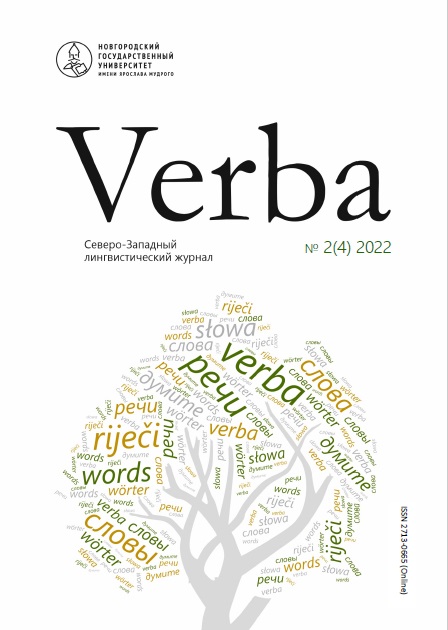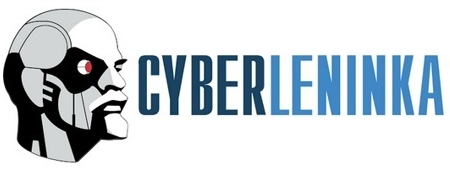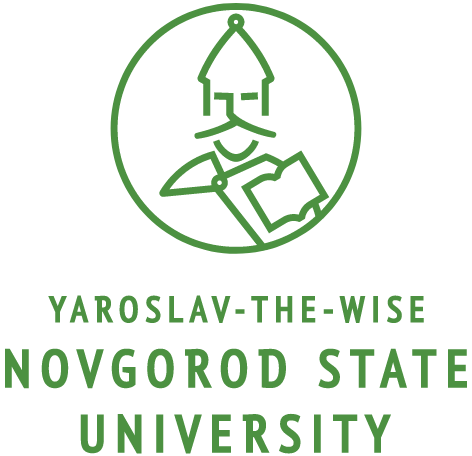The genre of non-verbal response in virtual communication
DOI:
https://doi.org/10.34680/VERBA-2022-2(4)-19-35Keywords:
speech genre, virtual communication, non-verbal, emoji, like, non-verbal reactionAbstract
The article deals with the problem of determining the non-verbal response of virtual communication as an independent speech genre. This problem implies, first of all, the need to identify and describe the elements of non-verbal communication used in virtual discourse. As a scientific basis, the paper provides a general analysis of the linguistic literature devoted to the study of virtual communication and non-verbal means of communication. Understanding the differences between the non-verbal elements of colloquial speech and virtual communication, according to the author, is a significant reason for highlighting a new speech genre. The following non-verbal and paraverbal elements are proposed for consideration in the article: like, emoji, gif-animation, sticker, plus and minus signs. Attention is paid to the general and individual features of the semantics and functioning of the selected elements. It is concluded that these elements have differences in use on different virtual platforms (VK, Instagram, WhatsApp, Facebook, Telegram, etc.), but are combined based on common communicative tasks and the possibility of using them as a separate statement without text. Secondly, the paper proposes for consideration an analysis of the selected response non-verbal reactions based on the questionnaire of the speech genre proposed by T.V. Shmeleva. This analysis makes it possible to determine the characteristic goals of communication (phatic and evaluative), to identify the hierarchical relations between the subject and the addressee of communication that are significant for the genre and the relevance of the past factor for the analyzed speech genre. The performed analysis, according to the author, is the basis for highlighting non-verbal communication response as a separate speech genre.
Downloads
Downloads
Published
How to Cite
Issue
Section
License
Copyright (c) 2022 Verba

This work is licensed under a Creative Commons Attribution-NonCommercial 4.0 International License.








